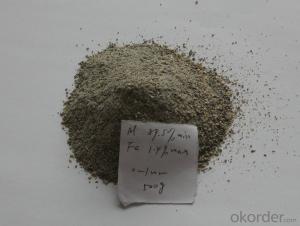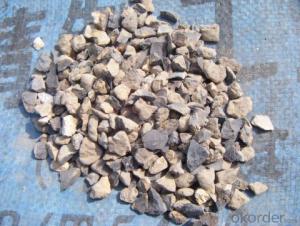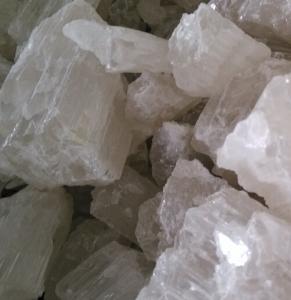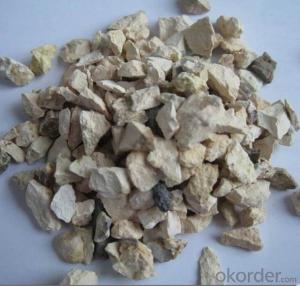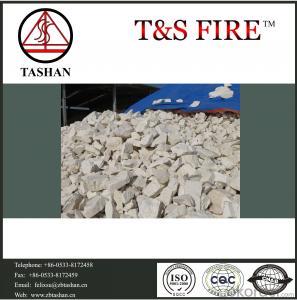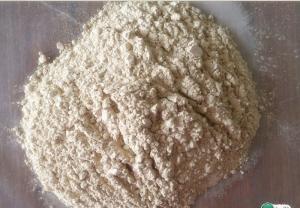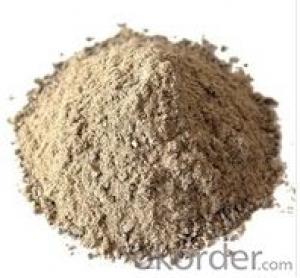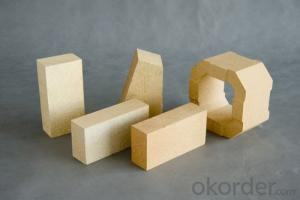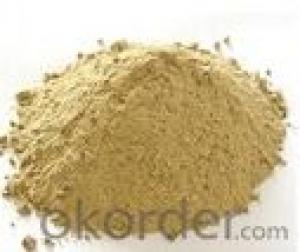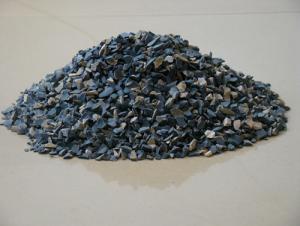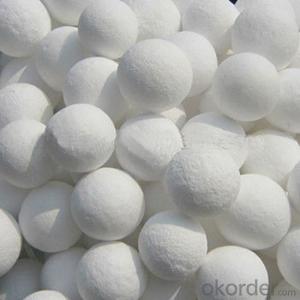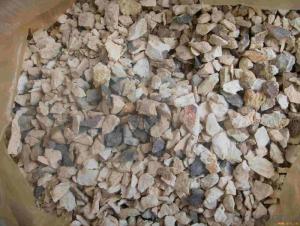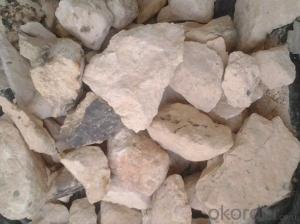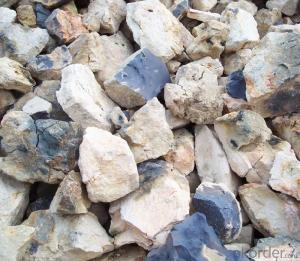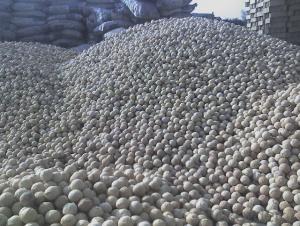All Categories
- - Steel Wire Rod
- - Steel Coils
- - Steel Profiles
- - Steel Pipes
- - Stainless Steel
- - Tinplate
- - Special Steel
- - Steel Sheets
- - Steel Rebars
- - Steel Strips
- - Hot Rolled Steel
- - Cold Rolled Steel
- - Pre-painted Steel
- - Seamless Steel Pipe
- - Welded Steel Pipe
- - Hollow Steel Tubes
- - Galvanized Pipe
- - Stainless Steel Coil
- - Stainless Steel Sheet
- - Stainless Steel Plate
- - Stainless Steel Strips
- - Electrolytic Tinplate Coil
- - Electrolytic Tinplate Sheet
- - Stainless Steel Rebars
- - Solar Panels
- - Solar Water Heater
- - Solar Related Products
- - Solar Inverter
- - Solar Cells
- - Solar Light
- - Solar Energy Systems
- - Solar Controllers
- - Solar Mounting System
- - Solar Pump
- - Solar Chargers
- - Fiberglass Chopped Strand
- - Fiberglass Mesh Cloth
- - Composite Pipes
- - FRP Pultrusion Profiles
- - Fiberglass Mat Tissue
- - Fiberglass Fabrics
- - Fiberglass Mesh
- - Composite Tank
- - Fiberglass Mesh tape
- - Polymer
- - FRP Roofing Panel
- - Fiberglass Roving
- - Monolithic Refractories
- - Ceramic Fiber Products
- - Refractory Bricks
- - Raw Materials For Refractory
- - Suspended Platform
- - Cranes
- - Concrete Machinery
- - Earthmoving Machinery
- - Building Hoist
- - Road Building Machinery
- - Plastic Pipe Fittings
- - Plastic Tubes
- - Plastic Sheets
- - Agricultural Plastic Products
- - Plastic Nets
Q & A
What is the significance of alumina-magnesia spinel in enhancing the performance of refractories?
Alumina-magnesia spinel plays a crucial role in enhancing the performance of refractories due to its unique properties. This material offers excellent resistance to thermal shock, high temperature stability, and mechanical strength, making it ideal for withstanding extreme conditions in various industrial applications. Its presence in refractories improves their overall durability, thermal conductivity, and corrosion resistance, thereby extending their lifespan and ensuring optimal performance in high-temperature environments.
What are the different types of silica in refractory materials?
There are two main types of silica in refractory materials: crystalline silica and amorphous silica. Crystalline silica exists in various forms such as quartz, tridymite, and cristobalite, while amorphous silica lacks a well-defined crystal structure. These different types of silica have varying properties and impacts on the performance of refractory materials in high-temperature applications.
How is chrome ore extracted and processed for refractory production?
Chrome ore is typically extracted from underground mines using conventional mining techniques such as blasting and drilling. Once extracted, the ore is crushed and ground into a fine powder. The powdered ore is then mixed with various chemicals and heated to high temperatures in a furnace, a process known as smelting. This smelting process converts the chrome ore into ferrochrome, a key ingredient for refractory production. The ferrochrome is further processed and shaped into refractory bricks or other refractory products, which are used in various high-temperature applications such as steelmaking and glass manufacturing.
How do refractory raw materials resist chemical corrosion?
Refractory raw materials resist chemical corrosion due to their high melting points, low reactivity with corrosive substances, and their ability to form protective oxide layers that prevent further chemical attack.
Wholesale Raw Materials For Refractory from supplier in Malaysia
Whether you are visiting Malaysia for business or pleasure, there is something for everyone. The country's capital, Kuala Lumpur, is a bustling metropolis with a mix of modern skyscrapers and traditional architecture. The Petronas Twin Towers, once the tallest buildings in the world, offer a stunning view of the city from their observation deck.
For those seeking adventure, the Malaysian rainforests are a must-visit. With their diverse wildlife and lush greenery, they provide a unique opportunity to explore nature at its finest. The island of Borneo, shared with Indonesia and Brunei, is particularly famous for its orangutans and proboscis monkeys.
Malaysia is also known for its rich cultural heritage. The city of Malacca, a UNESCO World Heritage Site, is home to well-preserved colonial buildings and a vibrant mix of Malay, Chinese, and European influences. Visitors can explore the Jonker Walk Night Market, visit the Stadthuys, or take a boat ride along the Malacca River.
Food lovers will be delighted by Malaysia's diverse culinary scene. From street food stalls to high-end restaurants, the country offers a wide variety of dishes influenced by Malay, Chinese, Indian, and indigenous cultures. Some must-try dishes include nasi lemak (coconut rice served with various accompaniments), roti canai (flaky flatbread served with curry), and laksa (spicy noodle soup).
In conclusion, Malaysia is a country that offers a unique blend of natural beauty, cultural heritage, and culinary delights. Whether you are visiting for business or pleasure, you are sure to be captivated by its charm and hospitality.
For those seeking adventure, the Malaysian rainforests are a must-visit. With their diverse wildlife and lush greenery, they provide a unique opportunity to explore nature at its finest. The island of Borneo, shared with Indonesia and Brunei, is particularly famous for its orangutans and proboscis monkeys.
Malaysia is also known for its rich cultural heritage. The city of Malacca, a UNESCO World Heritage Site, is home to well-preserved colonial buildings and a vibrant mix of Malay, Chinese, and European influences. Visitors can explore the Jonker Walk Night Market, visit the Stadthuys, or take a boat ride along the Malacca River.
Food lovers will be delighted by Malaysia's diverse culinary scene. From street food stalls to high-end restaurants, the country offers a wide variety of dishes influenced by Malay, Chinese, Indian, and indigenous cultures. Some must-try dishes include nasi lemak (coconut rice served with various accompaniments), roti canai (flaky flatbread served with curry), and laksa (spicy noodle soup).
In conclusion, Malaysia is a country that offers a unique blend of natural beauty, cultural heritage, and culinary delights. Whether you are visiting for business or pleasure, you are sure to be captivated by its charm and hospitality.
Hot Search
- Monolithic Refractories in Eritrea
- Ceramic Fiber Products in Lesotho
- Refractory Bricks in Liberia
- Raw Materials For Refractory in Jordan
- Refractory Bricks in Chad
- Ceramic Fiber Products in Vietnam
- Ceramic Fiber Products in Belize
- Raw Materials For Refractory in Canada
- Ceramic Fiber Products in Guatemala
- Monolithic Refractories in Ethiopia
